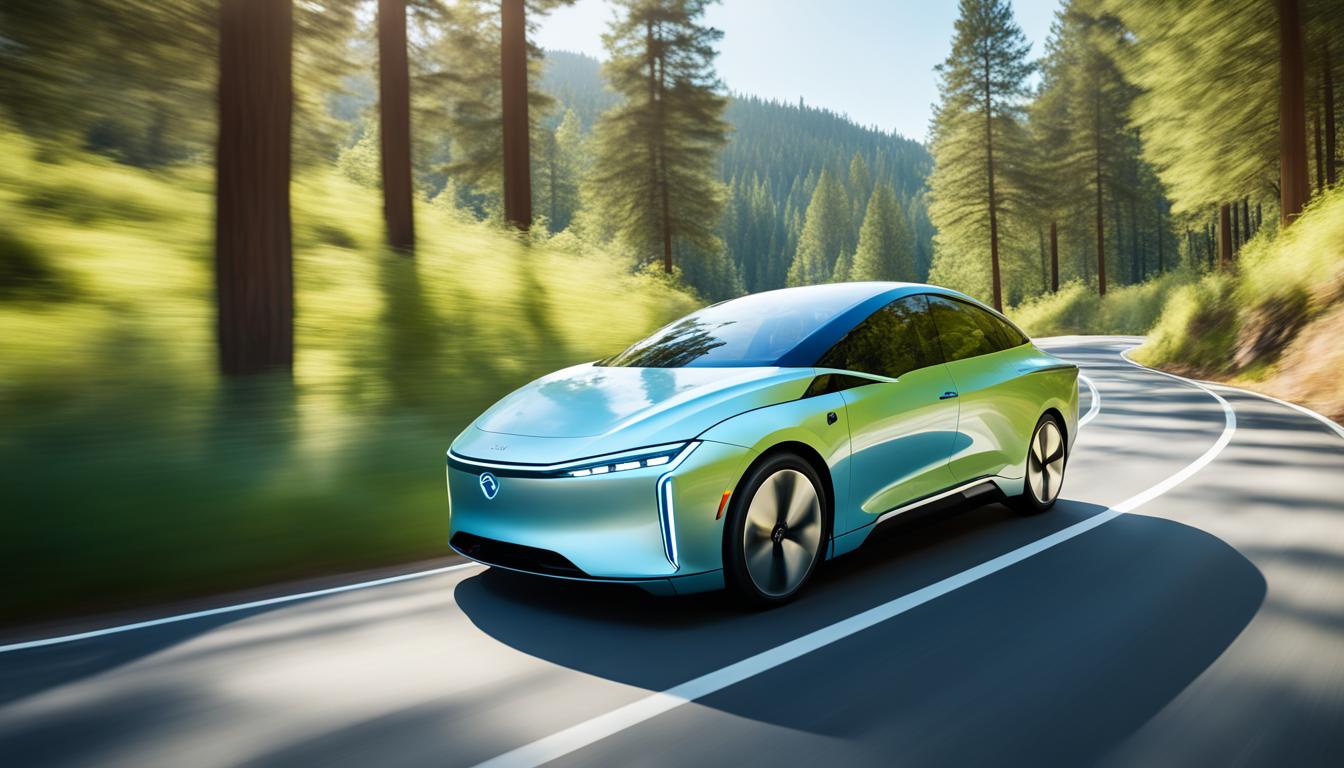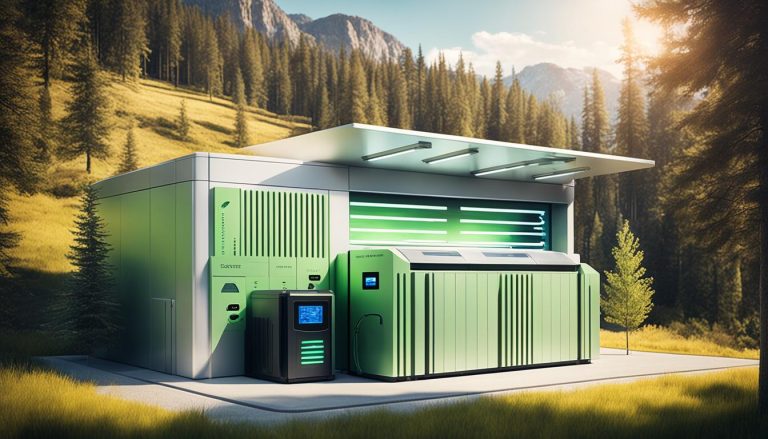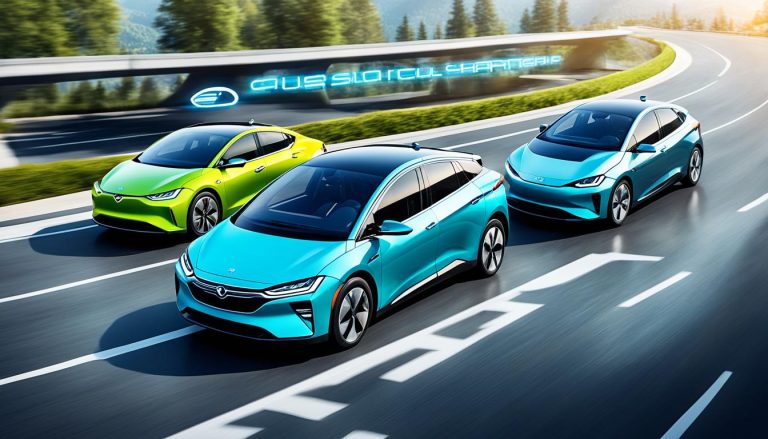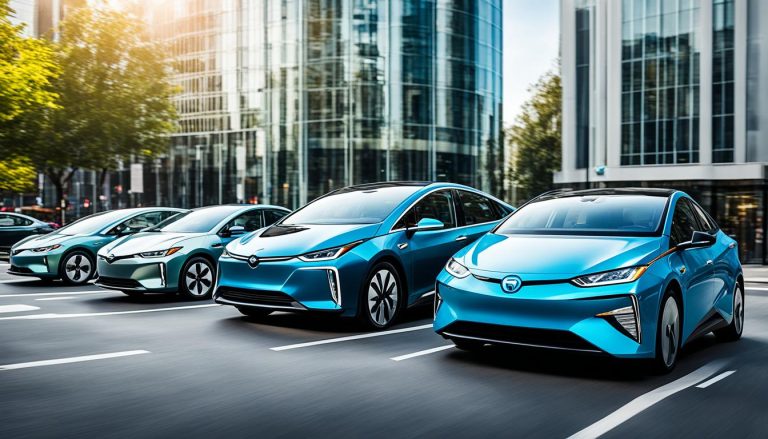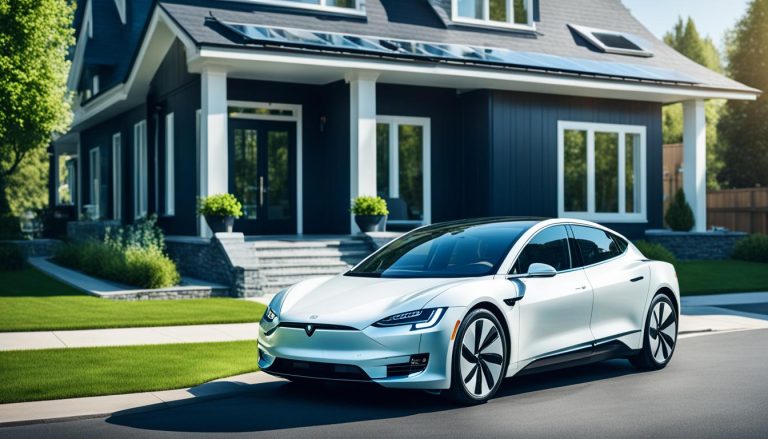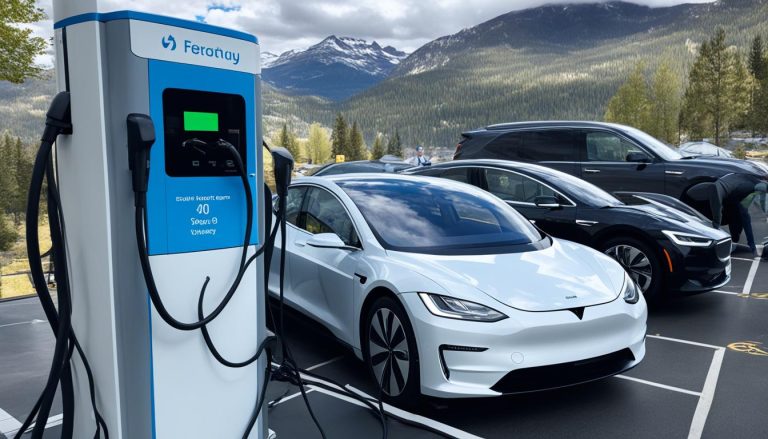What Is Fuel Cell Electric Vehicles
Welcome to our article on Fuel Cell Electric Vehicles (FCEVs) and their role in shaping the future of eco-friendly transportation. In this section, we will explore the concept of FCEVs and delve into the technology behind this innovative form of sustainable mobility.
FCEVs are a revolutionary type of electric vehicle that utilize hydrogen fuel cells to generate electricity, providing power to their electric drivetrains. This technology offers numerous advantages over traditional internal combustion engine vehicles and battery electric vehicles, making it a promising solution for a greener future.
By implementing fuel cells to convert hydrogen into electricity, FCEVs produce zero tailpipe emissions, reducing harmful pollutants and greenhouse gas emissions. They offer a sustainable alternative to conventional transportation systems, helping to combat climate change and improve air quality in our communities.
Throughout this article, we will dive deeper into how FCEVs work, the benefits they offer, and the challenges involved in their adoption. Stay tuned to discover more about this exciting technology and its potential to revolutionize the way we travel.
How Do Fuel Cell Electric Vehicles Work?
In this section, we will take a closer look at how Fuel Cell Electric Vehicles (FCEVs) operate. FCEVs are powered by hydrogen fuel cells, which convert hydrogen into electricity to drive the vehicle’s electric powertrain.
Hydrogen fuel cells act as the primary source of energy for FCEVs. They consist of an anode and a cathode separated by an electrolyte. Hydrogen gas is supplied to the anode, while oxygen from the air is supplied to the cathode. The hydrogen atoms are split into protons and electrons at the anode, with the protons passing through the electrolyte and combining with oxygen at the cathode. This process generates electricity, which is used to power the electric drivetrain of the vehicle.
One of the main advantages of FCEVs is their ability to provide long driving ranges without the need for frequent recharging. Unlike battery electric vehicles, FCEVs can quickly refuel with hydrogen, similar to how we refuel conventional gasoline vehicles. This significantly reduces the downtime associated with recharging and makes FCEVs more convenient for longer trips.
“Fuel Cell Electric Vehicles offer a clean and efficient alternative to traditional internal combustion engine vehicles.”
Additionally, FCEVs produce zero emissions since the only byproduct of their operation is water vapor. This makes them an environmentally friendly option for transportation, contributing to improved air quality and reduced greenhouse gas emissions.
However, there are challenges associated with the widespread adoption of FCEVs. Firstly, hydrogen infrastructure, including refueling stations, is limited compared to gasoline or electric charging infrastructure. This poses a barrier to entry for potential FCEV owners, especially in areas with limited infrastructure.
Secondly, the production of hydrogen fuel itself requires energy and is currently associated with high costs. However, advancements in technology and economies of scale are gradually making hydrogen production more efficient and cost-effective.
Overall, Fuel Cell Electric Vehicles offer a promising solution for sustainable transportation. As hydrogen infrastructure continues to expand and production costs decrease, FCEVs have the potential to play a significant role in reducing the carbon footprint of the transportation sector.
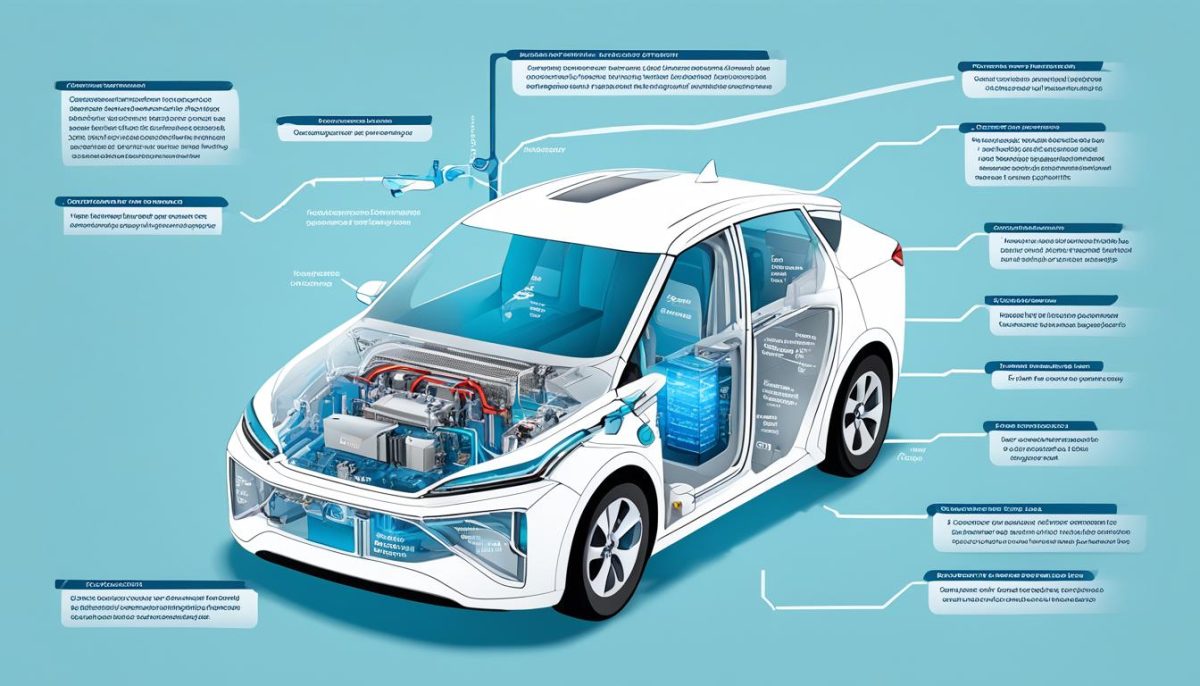
The Advantages and Future of Fuel Cell Electric Vehicles
Fuel Cell Electric Vehicles (FCEVs) offer numerous advantages over traditional internal combustion engine vehicles and battery electric vehicles. One of the main benefits of FCEVs is their eco-friendly nature, as they produce zero tailpipe emissions. With increasing concerns about air pollution and climate change, FCEVs provide a sustainable transportation solution that helps reduce our carbon footprint.
Hydrogen infrastructure is a key component for the widespread adoption of FCEVs. As the demand for these vehicles grows, it is crucial to develop a robust hydrogen infrastructure network to support their refueling needs. Investments in hydrogen production, storage, and distribution are essential to ensure that FCEV owners have convenient access to clean energy.
The future of FCEVs looks promising. Major automakers, such as Toyota, Hyundai, and Honda, have already introduced FCEV models to the market. With ongoing advancements in technology and infrastructure, we can expect to see more FCEVs hitting the roads in the coming years. As the world continues to prioritize sustainability, FCEVs have the potential to play a significant role in achieving a greener and more efficient transportation system.

